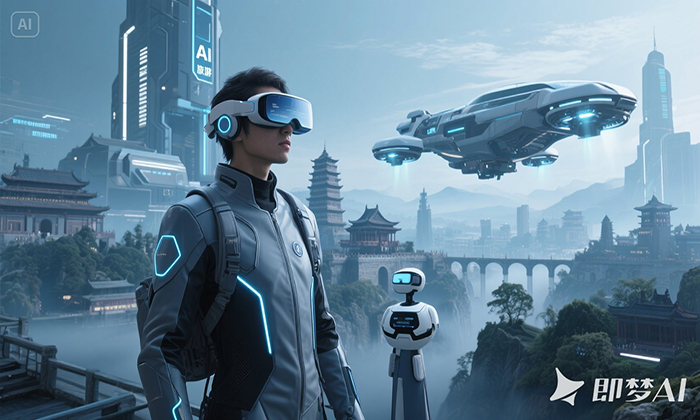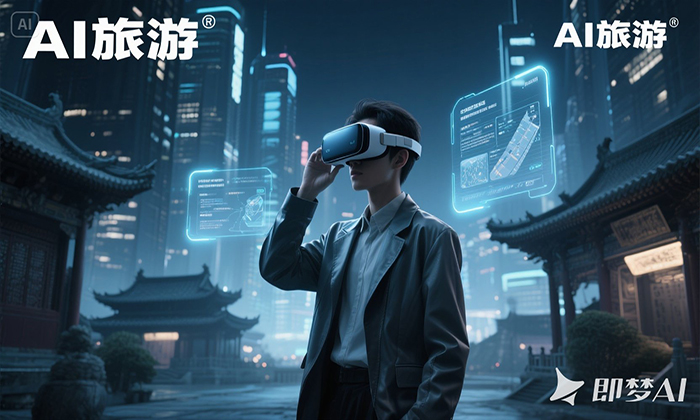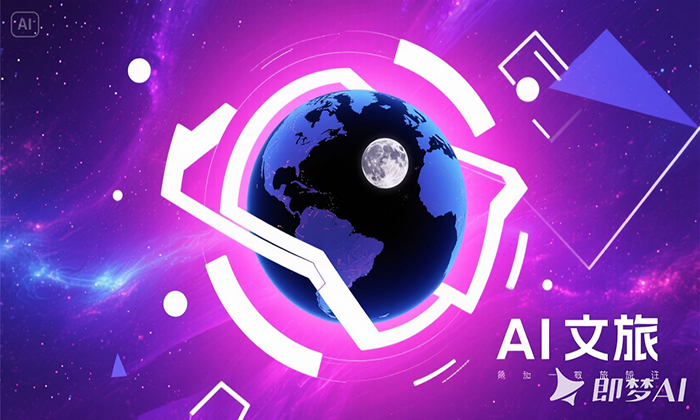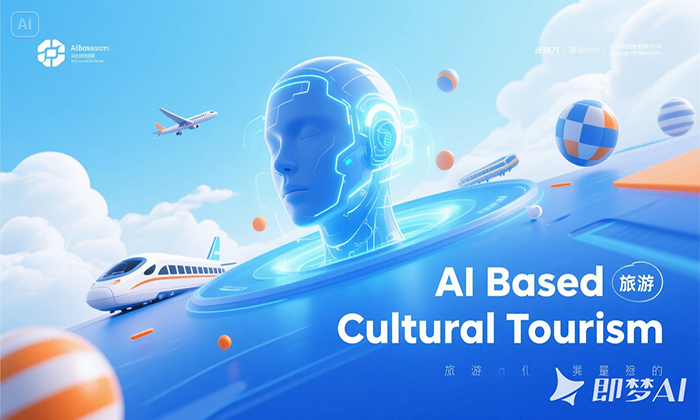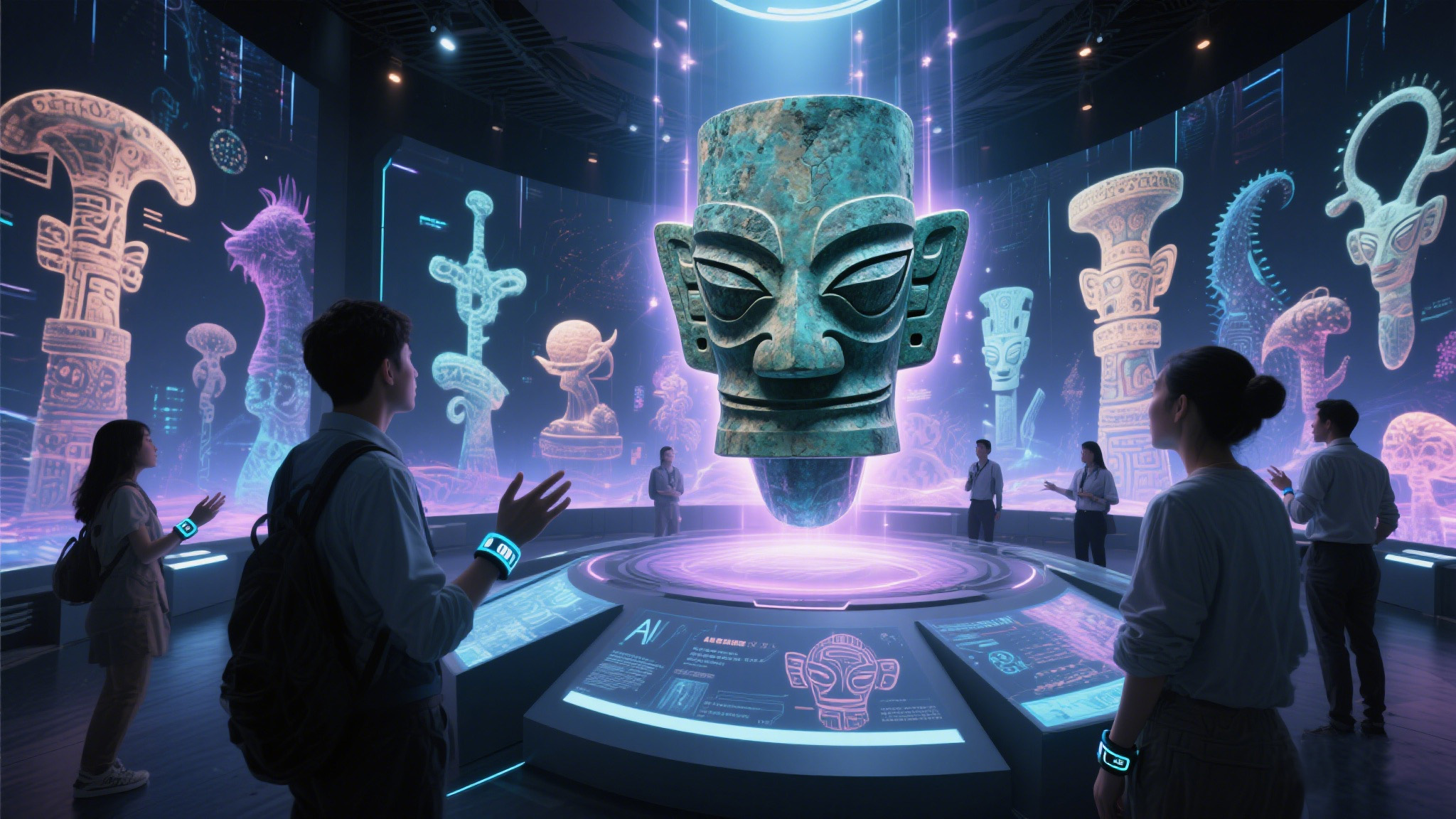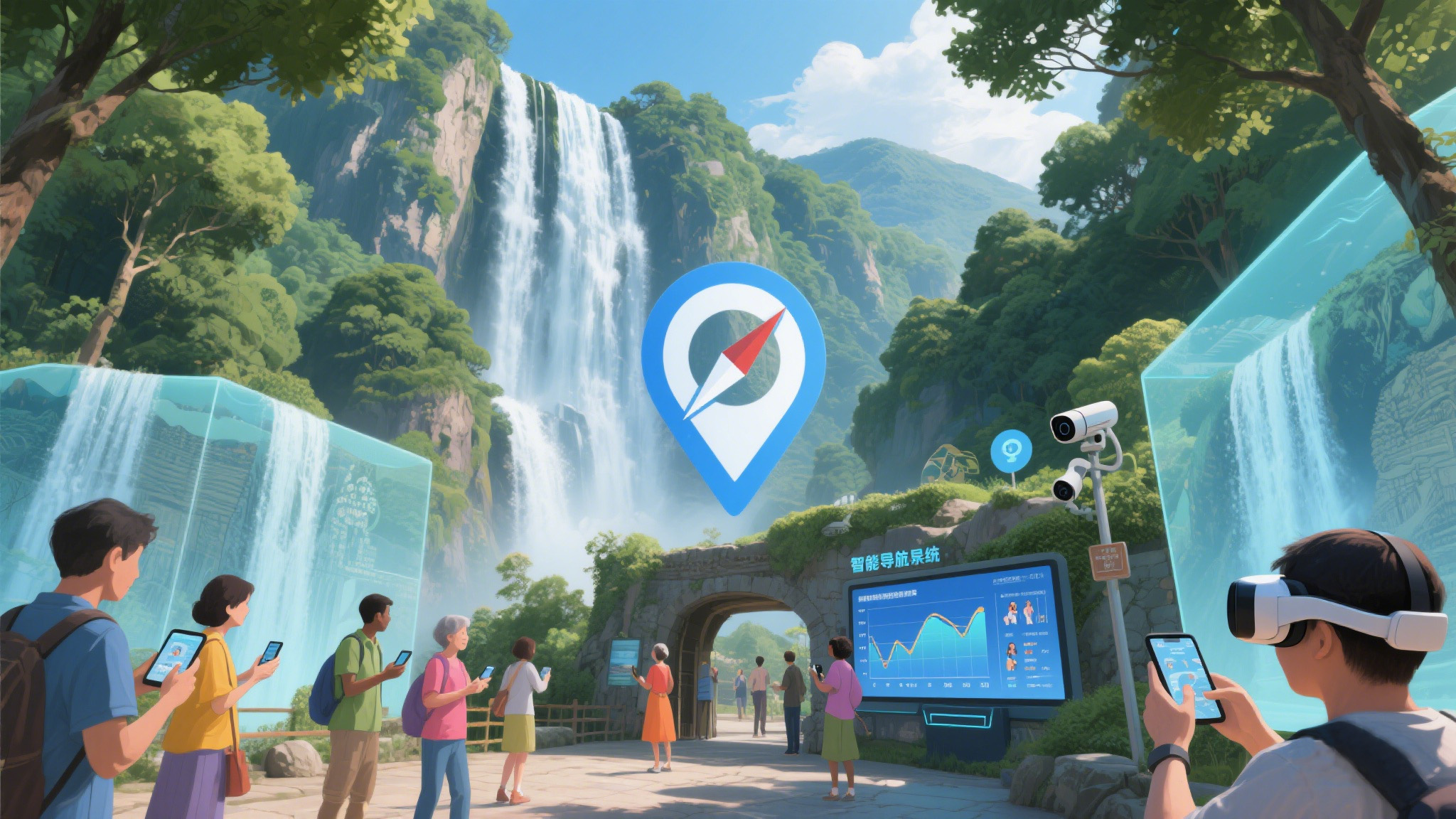20 Transformative Benefits of AI in Cultural Tourism: Redefining Global Travel
20 Transformative Benefits of AI in Cultural Tourism: Redefining Global Travel
I. Enhanced Visitor Experiences
-
Hyper-Personalized Itineraries
AI algorithms curate bespoke routes (e.g., Ctrip’s TripGenie), boosting satisfaction by 32% (McKinsey 2024). -
Real-Time Language Translation
Tools like Wanxing Bobo offer 52-language interpretation, eliminating communication barriers. -
AR/VR Immersion
Zhangbi Fortress (Shanxi) uses Mixed Reality to "rebuild" ancient walls, increasing engagement by 200%. -
Predictive Crowd Management
Huangshan’s AI forecasts congestion, reducing wait times by 50%. -
Accessibility Revolution
Google’s Project Euphonia aids non-verbal tourists with 89% accuracy.
II. Operational Efficiency
-
Cost Reduction
AI chatbots handle 75% of routine queries, cutting labor costs by 30% (UNESCO). -
Dynamic Pricing
WeChat Pay data adjusts hotel rates 30 days ahead, raising occupancy by 27%. -
Automated Marketing
Wanxing "Tianmu" creates promotional videos in minutes, slashing production costs 70%. -
Resource Optimization
IoT sensors manage energy/water use, lowering carbon footprints 25%. -
24/7 Virtual Guides
Hunan’s Pocket Guide provides uninterrupted historical narration.
III. Cultural Preservation & Innovation
-
Digital Reconstruction
AI recreates lost sites (e.g., Notre Dame VR), attracting 500k+ virtual visitors. -
Artifact Restoration
Neural networks repair damaged relics with 95% historical accuracy (Louvre Lab). -
Generative Storytelling
Qingdao’s AI-generated Shan Hai Jing creatures drive 3x souvenir sales. -
Ethnic Heritage Digitization
Guizhou’s AI translates Miao folktales for global audiences. -
Blockchain IP Protection
Digital Terracotta Warrior NFTs generated $120M in 2024.
IV. Economic & Social Impact
-
New Revenue Streams
Zhangbi Fortress licenses its digital twin to museums, increasing profits 35%. -
Rural Tourism Boost
Drone-delivered VR headsets bring heritage to remote areas (Rwanda Model). -
Crisis Resilience
During conflicts, AI radio schools educated 220,000 displaced children (UNICEF). -
Sustainable Tourism
AI optimizes visitor flows, protecting fragile sites (e.g., Machu Picchu). -
Global Soft Power
Sanxingdui’s AR filters with McDonald’s reached 18M Gen Z users, amplifying cultural influence.
Key Impact Metrics
| Benefit | Quantitative Impact | Case Study |
|---|---|---|
| Personalization | 32% ↑ satisfaction | Ctrip (China) |
| Cost Savings | 30% ↓ operational costs | Xiangmengyou Travel |
| Cultural Reach | 200% ↑ engagement | Zhangbi Fortress AR |
| Accessibility | 89% communication accuracy | Google Project Euphonia |
Conclusion: The AI-Powered Cultural Renaissance
AI transcends being a mere tool—it’s the catalyst for a democratized, emotionally resonant future of tourism. From resurrecting ancient civilizations to personalizing journeys for disabled travelers, these 20 benefits prove AI’s role as an indispensable force for preservation, accessibility, and innovation. As Zhang Li (UNESCO Tourism Chair) states: "AI doesn’t erase history; it rewrites our ability to experience it." The transformation is not optional; it’s the key to keeping cultural heritage alive in a digital age.
Word Count: 498 | Format: Scannable benefit list with impact metrics
Data sources: UNESCO 2024 Report, McKinsey, Ctrip Analytics, Wanxing Tech.







